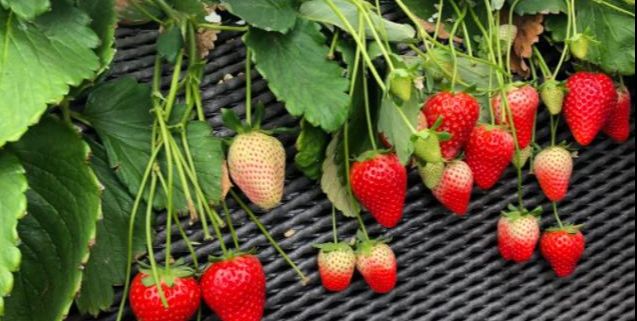These berries have a deadly attraction for children. Eating strawberries feels stunning; first, you are lured by their bright colors, and when you taste them, they are both sour and sweet, with a hint of grassiness, making them particularly charming.
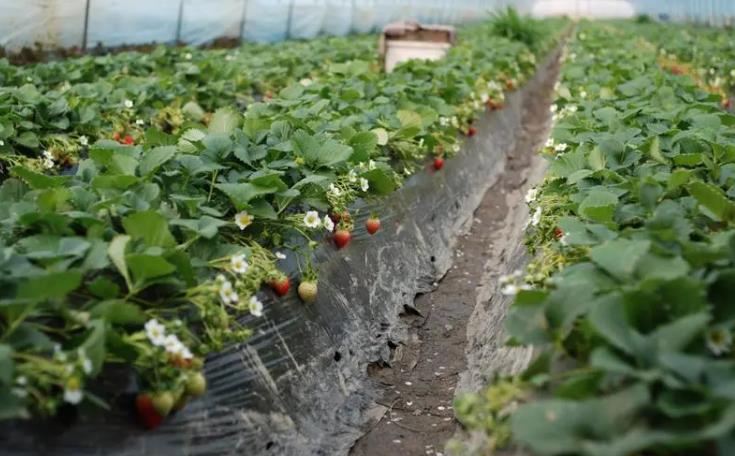
Berries are soft and juicy, with tender flesh. Common varieties include grapes, kiwis, tomatoes, bananas, and guavas. When made into desserts, they still retain their perfect color and sweet-sour taste. With a juicer, you can make fresh juice in just a few minutes. Berries can be said to be a naturally "healing" food, with their mildly sweet flavor and the juice that lingers on your tongue and fingers, subtly adjusting your mood regardless of how you feel.
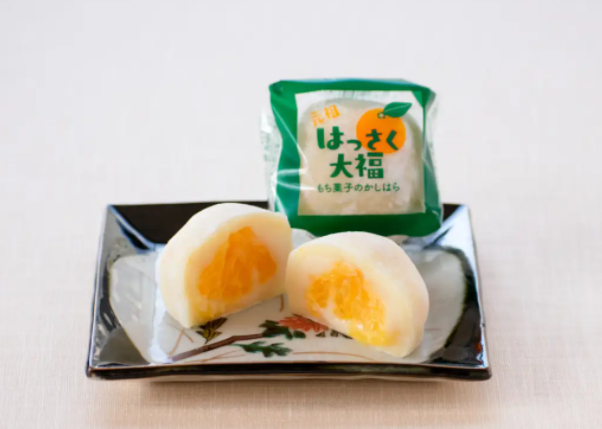
The daifuku mentioned here is a type of wagashi, with a skin similar to mochi, made from glutinous rice. The fillings vary, with the commonly used red bean paste, but berries like strawberries, bananas, and sweet potatoes are also popular choices. The outer skin of daifuku is often dusted with a layer of white powder to prevent sticking, and the ample filling gives the daifuku a plump and appealing shape. It is said that daifuku was originally called "dai-fu-bing," and later generations renamed it "daifuku" for its auspicious meaning. Japanese "daifuku" varies based on the filling, such as "strawberry daifuku" for strawberry filling and "sweet potato daifuku" for sweet potato filling.
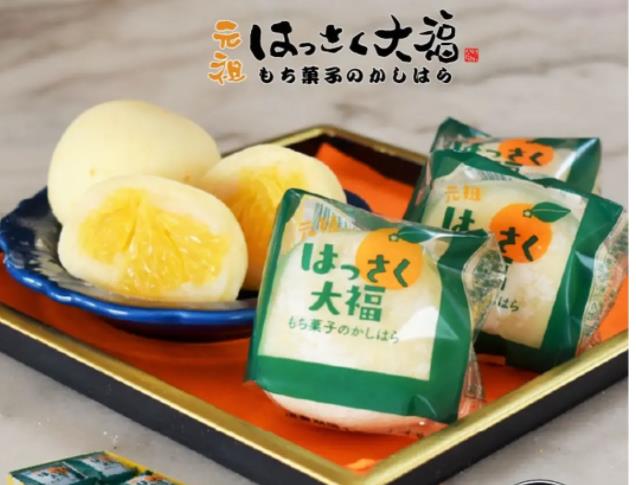
In Japan, the most popular type is "strawberry daifuku" (いちごだいふく), which is filled with red bean paste and strawberries. If the red bean paste is replaced with cream, it becomes the famous "yukimeguri." Nowadays, there are also new variations that mix pea and soybean fillings, as well as French custard fillings, and trendy methods that include tiramisu and mousse flavors. The mochi skin of daifuku can be mixed with mugwort or a bit of salt for flavor enhancement, hence it is also called "mugwort daifuku" or "salt daifuku."
Traditionally, wagashi was made primarily with red bean paste. Around Showa 60 (1985), someone introduced strawberries into daifuku, breaking the conventional creation of wagashi. The soft, white, glutinous rice wraps around the sweet red bean paste, paired with fresh, juicy strawberries, bringing life to the otherwise ordinary red bean rice cake, which indeed became popular after its launch.
The competition over the origin of strawberry daifuku has sparked controversy, with many shops claiming to be the original creators, such as those in Sumiyoshi-cho, Tokyo, Tsu City in Mie Prefecture, Kurashiki City in Okayama Prefecture, Iga City in Mie Prefecture, and Otsu City in Shiga Prefecture. Today, it has become a popular dessert throughout Japan.
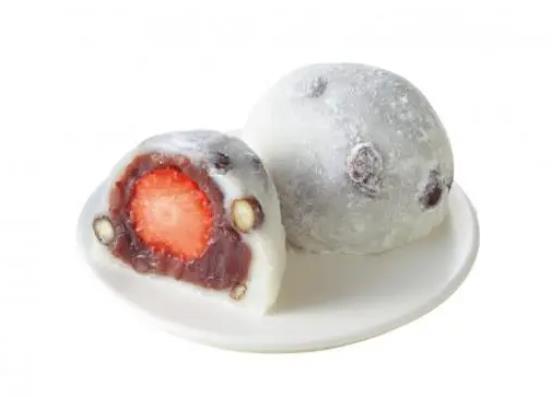
The "いちご豆大福" dessert is known as the original strawberry daifuku, invented by the third-generation owner of "Okanoya" in Showa 60. It uses carefully selected small beans from Hokkaido called "Miyabi," which are sweet but not cloying, paired with a red bean mochi mixed with fresh strawberries, making it a perfect match. It has always been loved by locals.
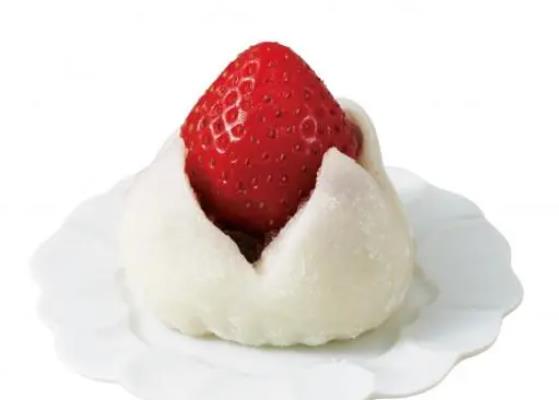
The strawberry daifuku from "Sazae Foods" features a fresh, bright red strawberry peeking out from the pure white mochi, making it very appealing. The shop cleverly combines red bean paste with soy milk cream, creating a unique texture that leaves a lasting impression after just one bite. Its unique shape and affordable price make it an excellent choice for gifts, and the moment you open it, it is sure to catch your eye.
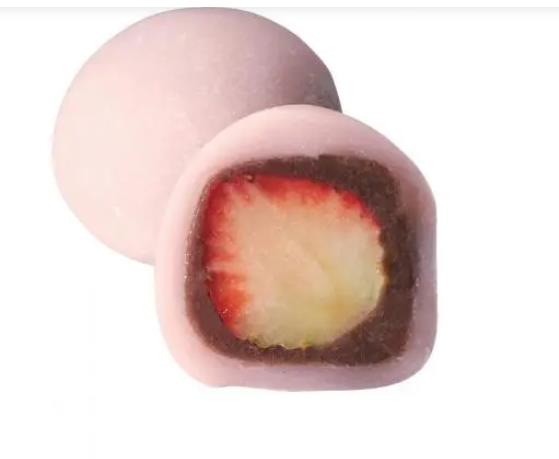
The strawberry daifuku from "Kashou Hanami" uses "Akihime" strawberries from Saitama Prefecture, paired with red bean paste. The refreshing red bean paste wraps around the soft, juicy strawberry flesh. The most attractive feature is its light pink outer skin, which brings a romantic spring vibe and is very eye-catching.
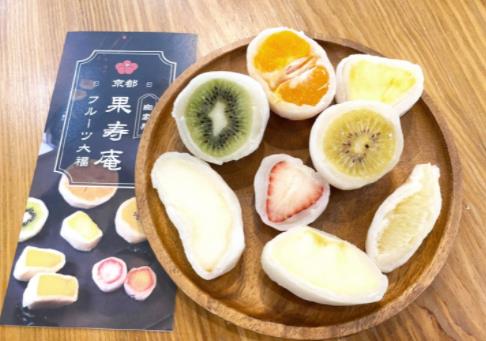
Kojuan in Kyoto specializes in fruit daifuku, and the name "Kojuan" implies blessings through fruit, making it an excellent choice for gifts. They have physical stores across Japan and also offer online low-temperature delivery.
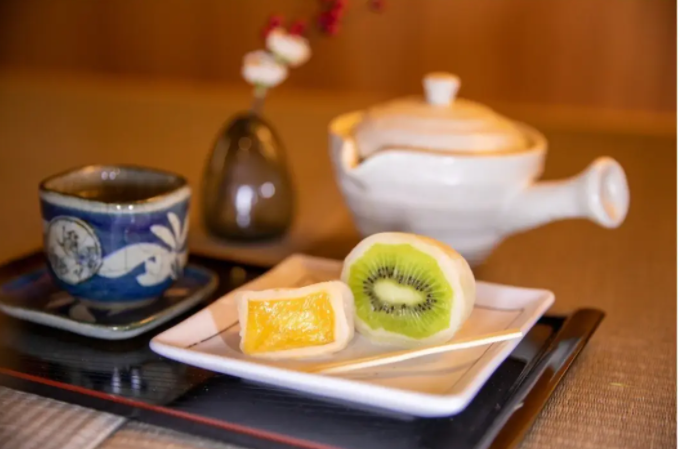
Kojuan's fruit daifuku uses seasonal fruits delivered directly from farms across Japan, wrapped in homemade mochi skin with a lower sweetness white bean paste filling, handcrafted one by one. When purchasing fruit daifuku from Kojuan, a red thread is included, symbolizing connection. Using this red thread to cut the daifuku will preserve the beautiful fruit cross-section! The limited seasonal fruits ensure the quality of each fruit daifuku, and each purchase brings different surprises.
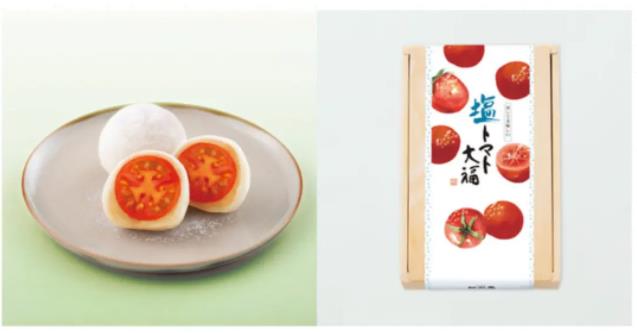
The century-old shop "Mizushiro" in Fukuoka is best known for its Chikuzen mochi, but it also sells many traditional Japanese wagashi, and seasonal limited fruit daifuku are introduced as the seasons change. The most special is the salt-flavored tomato daifuku available in May and June, which wraps white bean paste around ripe tomatoes, sprinkled with Okinawan salt. The balance of the tomato's acidity and the slight saltiness cleverly offsets the sweetness of the red bean paste, so be sure to try it if you have the chance.
The "いちご大福" made by Mitsukoshi in Nihonbashi features a milder flavor with white bean paste and strawberry filling. The lightly sweet white mochi pairs with the tart and sweet red strawberries, creating a clever fusion of sour and sweet, with a stunning appearance that captivates everyone.
Their "Kado Furaido" "Deluxe Amaou White" product wins with its "shape." The shop highlights the charm and sweetness of Fukuoka's specialty Amaou strawberries, using a thin layer of mochi skin and a little white bean paste as a complement, allowing diners to fully experience the excellent flavor of this strawberry.
Fresh strawberries are sweet and sour, fragrant, low in calories, rich in vitamins, aid digestion, and are favored by women and children. Strawberry daifuku made from strawberries, red bean paste, glutinous rice, sugar, and water tastes as sweet and fresh as first love, with a soft and smooth texture that quietly seeps into your heart, even though its appearance is ordinary and unadorned. Once opened, the juicy strawberries are enticing, making your mouth water. Even if you are careful, a few grains of glutinous rice will stick to your lips.
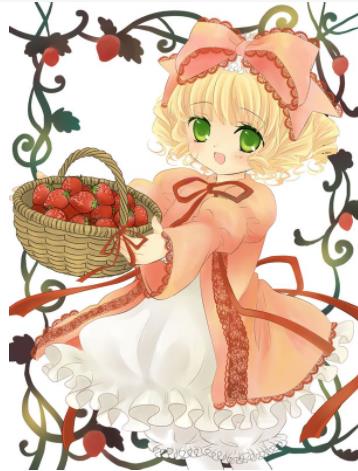
The strawberry daifuku described in the manga "Rozen Maiden" evokes thoughts. The first time: wanting to eat something white, light, soft, and elastic, with dark red and black colors; the second time is something light, white, and sweet, soft to the touch, dark red and black, and then, the strawberry daifuku is in hand.
Making strawberry daifuku is simple and easy to master. First, select fresh strawberries, wash them clean, remove the stems, and dry them. Wrap them in red bean paste, lay a thin layer of starch on a plate, and microwave for one minute, then set aside. Mix glutinous rice flour and white sugar, add water and a small spoon of oil, and mix well. Cover with plastic wrap and steam for 15 minutes until cooked. Dust your hands with some cake flour to prevent sticking, take a small piece of the cooled glutinous rice dough, wrap it around the strawberry and red bean paste, pinch it closed, and dust the outside lightly with glutinous rice flour, shaking off the excess, then plate it.
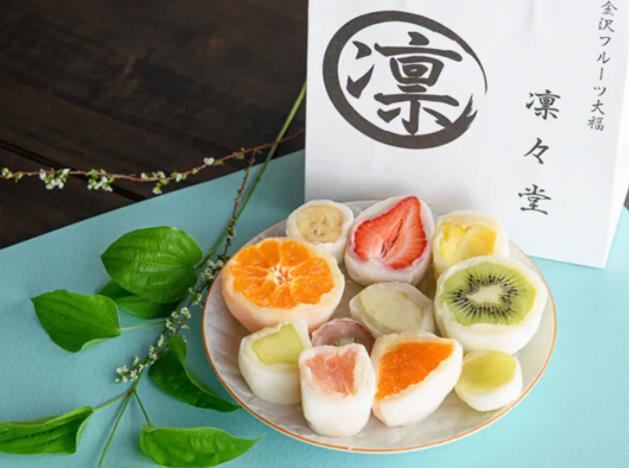
Carefully making each strawberry daifuku brings joy in the process while anticipating the deliciousness. Making it together with a partner and sharing it evokes the feeling of first love, reminding each other of that warm and tender sweetness. Because this is the taste of first love, it is best shared with a loved one in early summer, so cherish the moment of happiness when you encounter strawberry daifuku.
If you are interested and enjoy new experiences, you can also try replacing the red bean paste with a special mung bean filling. This will not overpower the natural flavor. Once made, biting into the QQ outer skin, the dense and smooth texture will flood your tongue. In summer, the daifuku chilled after refrigeration offers a refreshing experience that is indescribably delightful.
